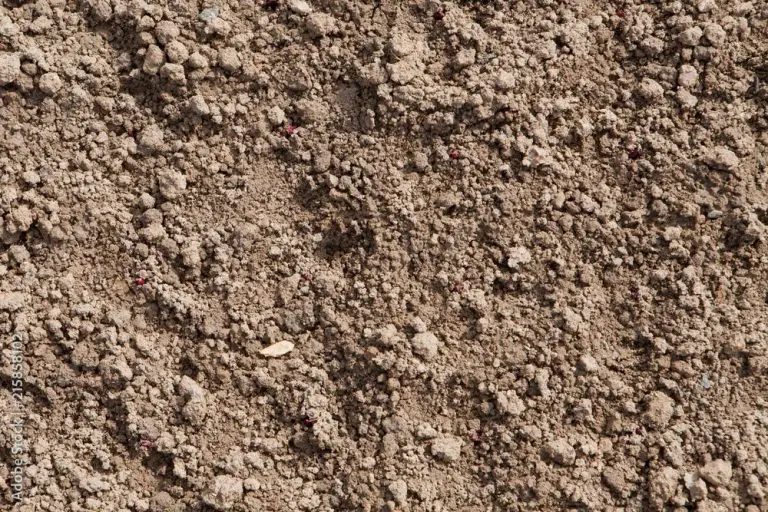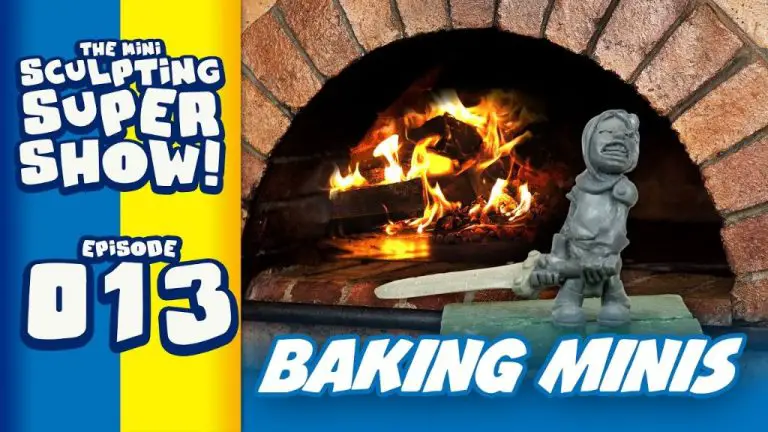How To Make An Earthen Oven At Home?
An earthen oven, also known as a cob oven, is a type of wood-fired oven typically made from natural materials like clay, sand, and straw. They have been used for centuries around the world for baking bread and cooking food due to their ability to hold heat well and radiate a gentle, even heat.
Constructing your own earthen oven has many benefits. The clay and natural building materials keep the oven temperature steady for excellent cooking results. Building the oven yourself allows you to customize the size and shape to fit your needs. The simple, natural materials are affordable and accessible. And the finished oven makes an attractive, rustic addition to an outdoor kitchen or patio.
The basic process of building an earthen oven involves constructing a sturdy base, dome, and chimney using natural materials like clay, sand, straw, and stones. Most earthen ovens take 2-4 days to construct. Once complete, the oven needs to slowly cure before firing it up for the first time. With some patience and hard work, you can create your own fully-functional earthen oven.
Choosing a Location
When deciding where to build your earthen oven, consider the ideal spot in or around your home. Select a location that gets ample sun exposure throughout the day, as this will allow the oven to heat up properly. Face the oven opening toward the south if possible, to maximize sun exposure.
Also think about protection from weather elements. Overhangs, awnings, or a sheltering tree can shield the oven from getting damaged by rain and snow. Avoid low areas that can collect water. Wind protection is also useful to prevent drafts from cooling the oven.
Look for a level, stable surface – this will make building easier. Patios, decks, or a dirt yard can work well. Ensure there is adequate space around the oven, for construction and later use. Also check for potential fire hazards like low tree branches or leaves.
Gather Materials
The main materials needed to build an earthen oven are clay soil, sand, straw, and bricks or stones. Here’s a more detailed list:
Clay Soil
– The best clay to use is earthen clay or potter’s clay. Clay helps bind the materials together and retains heat effectively.
Sand
– Sand prevents cracking and adds texture to the oven mixture. Masonry or builders sand works best.
Straw
– The straw helps provide insulation for the oven. Use straw that is dry and chopped into 1-2 inch pieces.
Bricks or Stones
– You’ll need these to construct the oven floor and chimney. Heat-resistant bricks are ideal but regular bricks can work too.
Concrete Mix (optional)
– Adding 10-15% concrete mix makes the oven mixture more durable. But an earthen oven can be built without it.
Tools
– You’ll need shovels, buckets, trowels, a tamper, measuring tools, and masonry tools for mixing and shaping the oven.
Create the Base
The foundation for your earthen oven is important for stability and heat retention. Here are the key steps to create a proper base:
First, clear and level the ground where you plan to build the oven. Remove any grass, rocks or debris. Dig down several inches into the soil or build up the ground with bricks to create a flat, stable surface.
Next, create a foundation with concrete (optional but recommended). Mix the concrete according to instructions and pour a 4-6 inch thick layer. Let the concrete fully cure before building on top of it.
Now, shape the base. Use sand, clay and straw to sculpt a rounded dome shape for the floor of the oven. Make it a few inches thick, tapering thinner at the edges. Let it dry completely before moving to the next steps.
With a solid, shaped base, you’re ready to start building up the oven on top of it. The base provides critical insulation from the ground and prevents cracking as the oven heats and cools.
Build the Oven
The dome of the earthen oven needs to be built up in layers using a specific mixture of clay soil, sand, and straw. This mixture is what gives the finished oven its insulating properties while also allowing it to withstand the high temperatures.
To start, mix together equal parts clay soil, coarse sand, and straw. The straw helps provide structure and prevent cracking as the clay mixture dries. Thoroughly combine these ingredients until you have a cohesive, clay-like dough that you can form into balls.
Begin packing balls of the clay mixture onto the base, using your hands to firmly press each ball into place. Work in circular layers, building up the dome shape slowly and allowing time for the layers to dry before adding more. Create an opening at the front for the oven doorway. Use sandbags or other rounded supports on the inside to maintain the arched doorway shape as you build up the surrounding layers.
Continue adding thin, uniform layers until you’ve achieved the desired dome thickness, usually 4-6 inches. Allow the dome to fully dry over several days before moving to the next steps. Be patient and let the clay cure properly to ensure your oven can withstand the baking temperatures.
Insulate the Oven
Before you can start using your earthen oven, it’s crucial that you let the clay fully dry and cure. The clay needs time to harden completely and release any excess moisture. This helps prevent cracks from forming when you start heating the oven.
Allow at least 4 weeks for the clay to dry thoroughly. You’ll know it’s ready when the surface feels dry, hard, and resinous to the touch. Pay special attention to drying the inner chamber fully before moving to the next step.
Once the clay has dried, it’s time to add insulation. This helps the oven retain heat efficiently when cooking. Applying a layer of insulation around the outside of the oven is easy. Some good options are:
- Cob (clay, sand, and straw)
- Vermiculite
- Perlite
- Wood ash
Aim for at least 4-6 inches of insulating material. Shape and smooth it flush with the oven walls. Let the insulation dry completely before lighting your first fire.
Add the Chimney
A chimney is essential for allowing smoke to escape and providing airflow for efficient baking. The chimney should be installed at the highest point of the dome to promote upward draft.
You can construct the chimney using standard stovepipe or masonry materials like bricks or clay pipes. Stovepipe sections are easy to work with and convenient to find at most hardware stores. Just stack stovepipe pieces on top of each other and secure with rivets or screws.
For a more rustic, traditional look, build the chimney from bricks or clay tiles. Cut an opening at the top of the dome and construct a chimney tunnel with the masonry materials. Ensure joints are sealed with mortar or clay slip so smoke cannot escape through cracks. The chimney tunnel should extend at least 2 feet above the highest point on the oven dome to promote adequate draft.
Regardless of materials, the chimney opening should be around 6-8 inches in diameter – large enough for smoke to escape but not so large as to cool the oven interior. A rain cap on top of the chimney will keep rainwater out while still allowing smoke to vent.
Take care to install the chimney properly so your earthen oven draws well. With an efficient chimney, you’ll be baking up tasty pizzas and loaves of bread in no time!
Apply Exterior Finish
Once your earthen oven structure is complete, you’ll want to apply an exterior finish to protect it from the elements. There are a few options for finishes:
Plaster – A sand and clay plaster will provide good protection. Mix the plaster to a thick consistency and apply in layers, letting it dry between coats. Smooth the final layer for a finished look.
Limewash – Made from lime putty, limewash soaks into the earthen plaster to create a breathable, water-resistant finish. Apply in thin layers, adding paint pigments if you want color. Reapply annually.
Stucco – A durable option, stucco is a cement-based plaster. Apply a concrete bonding agent first, then apply the stucco mix in layers, finishing with a smooth top coat.
For added decoration, you can inset tiles, stones, shells or broken pottery into the exterior surface before it dries. Get creative with textures and designs!
The exterior finish will protect your oven from sun, rain and wind. Apply a sufficient thickness for durability, and repair any cracks that form over time.
Cure the Oven
Before you can start cooking in your earthen oven, it’s important to slowly cure and dry it out. This is done by building small fires inside the oven chamber. Start with smaller fires at first, then gradually increase the size and temperature over several days.
For the first fire, use just a handful of twigs and light kindling. Keep the fire small and let it burn for 30-60 minutes before extinguishing it completely. This helps remove any initial moisture from the clay and cob mixture.
On the second day, build a slightly larger fire using some small branches along with the kindling. Let this fire burn for 1-2 hours at a low temperature. Continue slowly increasing the size and burn time of the fires over a period of 3-7 days.
Make sure the fire is completely out before starting a new one each time. The goal is to slowly dry and cure the oven without rapidly expanding and contracting the clay. High heat too soon can cause cracking or damage.
You’ll know the earthen oven is ready to use when you can build a full-size fire that burns for several hours without any moisture appearing. The inside surfaces should be completely dry. Now your hand-built earthen oven is ready for baking!
Enjoy Your Oven!
Once cured, your earthen oven is ready to use! No need for electricity or gas, as the oven will retain heat incredibly well once fired up. Here are some tips for cooking in your new earthen oven:
– Let the oven fully preheat before cooking. It takes about 1 hour for the oven to reach 500°F.
– Use a portable thermometer to check the internal temperature.
– Manage the fire by adding or removing fuel as needed to maintain the desired cooking temperature.
– Allow for convection cooking – hot air will circulate to cook food evenly.
– The floor of the oven will be the hottest spot. Use it for foods that need direct exposure to flames like pizza.
– The interior walls are great for baking bread, roasting vegetables and meats.
– Some favorite foods to cook in your earthen oven include pizza, loaves of crusty bread, roasted chicken and vegetables. Get creative!
With some practice, you’ll get the hang of cooking in your outdoor earthen oven. Have fun cooking up delicious, wood-fired meals!



